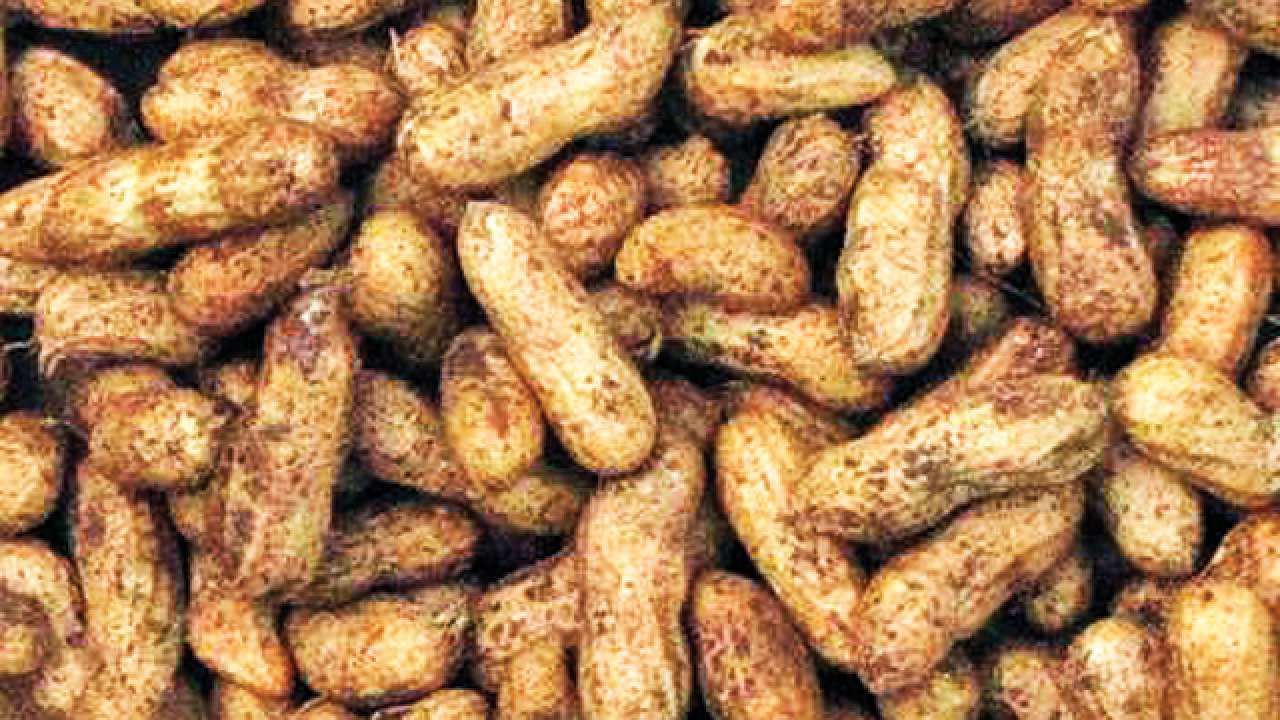
If I told you there was a cancer-causing poison that 4.5 billion people are chronically exposed to, you’d think I was making it up. But I’m not. Most of you won’t have even heard its name before. It is called aflatoxin and we need to eradicate it. And believe it or not, this may be achieved by computer gamers!
Aflatoxin is an invisible substance produced by fungus that contaminates staple foods and cash crops, mainly in the developing world. Staple foods, such as rice, maize, groundnut, cassava, pistachios and cashews, are affected. As you read this, billions of people around the world are eating foods contaminated with aflatoxin.
Aflatoxin B1 is the most potent naturally occurring liver carcinogen that we know. It is classified as a Class 1 carcinogen by the WHO’s International Agency for Research on Cancer. As a result, it is believed that aflatoxins are responsible for up to 28 per cent of all liver cancer cases.
India is the world’s largest exporter of rice and the crop is mainly grown in a humid and tropical climate – an effective breeding haven for aflatoxin-causing fungi called Aspergillus. Often, harvested rice is stored in wet conditions, exposing it even more to Aspergillus. In a study conducted in 2006, Aspergillus contamination was detected in all rice samples collected from areas exposed to rain or flood, or stored in warehouses or mills. Climate change only makes the problem of aflatoxin worse.
Worryingly, the impact doesn’t stop at increased cancer rates. Aflatoxin-contaminated food is also associated with stunting in children, and childhood cirrhosis in India. Stunting in early life has huge adverse effects. One in four children under five suffers from this tragic condition.
Scientists have been working hard to conquer aflatoxin but haven’t been successful yet. In developed countries, laws limit the parts-per-billion (ppb) of aflatoxins in food for humans, livestock and pets. These laws are enforced by extensive – and expensive – monitoring processes and technology. As a result, the burden to eradicate aflatoxin falls primarily on the developing world. Developing countries often have low health-care budgets, subsistence agriculture, and small-scale, under-regulated food production businesses. Often, limits are set, but not enforced. Consistently over the past 50 years, most food and feed samples in these countries have been found to be well above legal aflatoxin limits. A recent study in India found that every sample of grain flour collected was contaminated with aflatoxin and contained three times the legal limit set in the United States.
The harm doesn’t stop at human health. It’s also a massive trade and economic issue. India is the second largest producer of groundnuts for human consumption. However, in 2015, over 20 per cent of groundnut produced in India was unfit for human consumption due to aflatoxin contamination. Another study conducted by The International Crops Research Institute for the Semi-Arid Tropics (ICRISAT) revealed that the level of aflatoxin in Indian groundnut is 40 times more than permissible limits elsewhere in the world, making key export markets inaccessible to Indian farmers.
Science alone has not been able to provide a solution to aflatoxin yet. Unexpectedly, one solution to this growing public health crisis may come from an unlikely source: An army of global computer gamers! Mars, Incorporated is launching a series of aflatoxin puzzles on its Fold.It platform led by computer scientists from Northeastern University and the University of Washington. Fold.It is a revolutionary crowd-sourcing computer game that allows anyone with a computer and imagination – but not necessarily any scientific training – to help solve scientific puzzles. On October 16, in San Francisco, to mark the World Food Day, we brought together some of the world’s best Fold.It players to help steer ways to defeat aflatoxin.
Fold.It has already had great success by solving a riddle involving a virus similar to HIV that had troubled scientists for decades. The gamers cracked the virus structure within three weeks and helped identifying targets for drugs to neutralise it. With respect to aflatoxin, the aim of the Fold.It puzzle is to figure out how amino acids are folded together to create proteins, the workhorses of our bodies. Gamers don’t need to know science, they just need to create an increasingly perfect folded form that might mimic the one that exists in nature. This game taps on the innate skills in human beings to provide solutions to 3D puzzles, even more than computers.
Upon submission, best designs will be developed using the latest synthetic biology techniques and materials donated by Thermo Fisher Scientific. The souped-up enzymes will be tested in real life by the Siegel lab at the University of California, Davis to see how they can recognise and neutralise aflatoxins. All the discoveries of players will be kept in the public domain, free of patents.
Computer technology has transformed the potential for finding solutions to complex scientific problems. Hand in hand with science, it could one day solve some of the world’s most terrible health issues. This dream may hopefully come true when we soon say “The game is over for aflatoxin”, the silent killer in our food.
The author is Chief Agricultural Officer of Mars, Incorporated